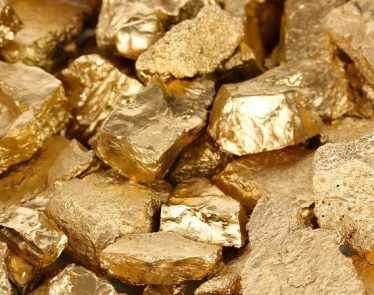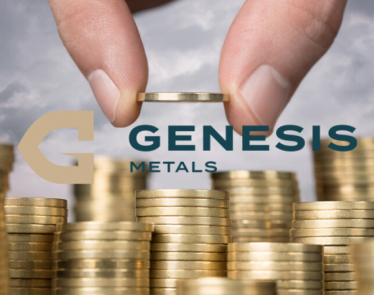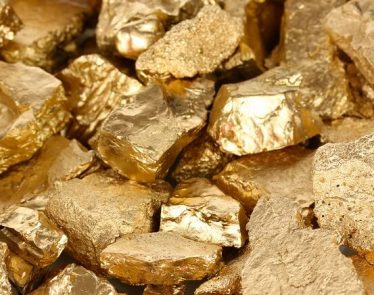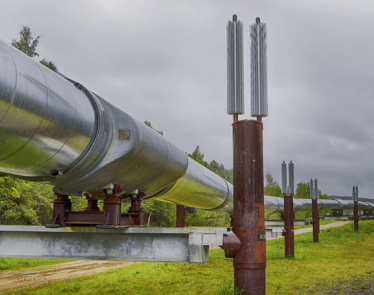
Vanadium had a stellar year in 2018, with prices reaching highs not seen in over a decade. Unfortunately, 2019 took a turn for the worst, and the vanadium price dropped significantly throughout the year.
Since reaching a peak in November 2018, European FeV prices dropped 35% in December 2018 as market speculators began to unwind their positions, and the markets reacted to weaker-than-expected demand from Chinese steelmakers.
During the same period, the Chinese price for vanadium pentoxide peaked at $US33.90 per pound in November 2018 before sliding more than 57% to US$14.40 per pound in the spring of 2019.
Despite the downturn, analysts still have high hopes for the battery metal’s long-term potential and see the market reaching US$56 billion by 2026. But, is vanadium a good investment in 2020?
Let’s take a look at what caused the vanadium price to decline in 2019 and key catalysts that could boost the vanadium market in 2020 and beyond.
What Caused the Vanadium Price Tumble in 2019?
To understand the reason for the vanadium price drop in 2019, it’s essential to look at the factors that sent the vanadium market skyrocketing previous years.
One factor that greatly increased the demand for vanadium was the People’s Republic of China’s high-strength rebar standard, which came into effect in November 2018 in an effort to reduce the use of substandard steel and make buildings in China more earthquake resistant.
China’s new standard greatly increased the country’s demand for vanadium, which is used to strengthen steel, and was expected to boost the vanadium price significantly.
Unfortunately, the vanadium price surge in 2018 caused Chinese mills to turn to a more cost-effective alternative. China greatly increased imports of ferro-niobium in 2019, which led to a substantial drop in the price in the first half of the year.
At the same time, oversupply from China led to further price weakness. In the first half of 2019, China produced roughly 57,000 tonnes of vanadium pentoxide (V2O5), which was 29.5% more than Q1 2018.
Add the higher-than-expected supply with the lower-than-expected demand, and it becomes clear why the market took a turn for the worst in 2019.
But, despite supply and demand imbalance, the most challenging aspect of the vanadium sector is the historically volatile market price, which controls the share prices of the publicly traded vanadium companies.
>> 4 Biotech Stocks to Watch as Coronavirus Spreads Internationally
It’s important for investors to understand that most vanadium is sold through private contracts, meaning the price should be a guideline but not a clear indication of where the market is headed. In fact, lower prices could stimulate China’s appetite for vanadium imports and create an ideal market for mining companies like US-based Alba Minerals Ltd. (OTCPK:AXVEF) and Canadian junior miner Delrey Metals Corp. (CSE:DLRY) (OTCPK:DLRYF).
Key Catalysts for the Vanadium Price in 2020
Moving into 2020, vanadium market watchers will be keeping an eye on China, where increased demand or lower-cost supply could help balance out the volatility experienced in 2019.
However, other applications for vanadium shouldn’t be discounted. Although the metal is primarily used in steel applications, it has also gained significant attention for its energy storage potential.
Indeed, vanadium redox flow batteries (VRFB) are another application for the metal that could help boost the vanadium price in the coming years as the market is on target to reach US$1.11 billion by 2025.
Add to that the increasing push for electrical vehicles (EV), and it becomes clear why Allied Market Research sees the renewable energy market reaching $1.5 trillion by 2025, representing a compound annual growth rate (CAGR) of 6.1%. The EV market alone is projected to hit $567 billion during the same time period, which puts into perspective how lucrative the energy metals market could become.
The growing desire for renewable energy sources and EVs have boosted the VRFB market significantly and has put vanadium companies like Delrey Metals in the spotlight.
The current supply of vanadium is relatively inelastic, with most of the supply coming from China, South Africa, Brazil, and Russia. However, sources say stockpiles in those countries are dwindling, which offers vanadium miners in other regions an opportunity to pick up the slack.
Delrey Metals is focused on developing its Canada-based energy metals projects, which include “one of the largest and most accessible vanadium projects in North America.”
The company’s Four Corners Fe-Ti-V exploration project in Newfoundland totals 7,655 hectares, has excellent infrastructure, offers low exploration and development costs, and has returned promising metallurgical results for iron, vanadium, and titanium.
In July 2019, the company revealed its 2019 drill program plans, which included drilling a total of 500 meters from 20 drill pads to test over 3.5 kilometers of strike length.
On top of that, Delrey plans to conduct follow-up prospecting and sampling at Keating Hill West, Four Corners, Bullseye, and its newly discovered Keating Hill North Zones, as well as late-season drilling on the project’s most-promising targets.
Investors who are interested in vanadium will want to keep an eye out for updates from Delrey Metals on the follow-up prospecting and sampling.
Featured Image: DepositPhotos © ChrisAlleaume











